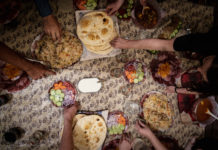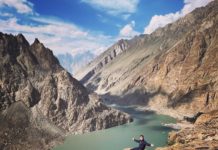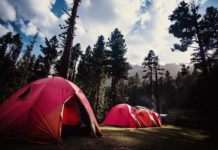Ghulkin is a small village located in the Gojal Valley, in the northern areas of Pakistan. The village is situated at an elevation of 2,700 meters above sea level and is surrounded by the majestic peaks of the Karakoram range. Ghulkin is known for its natural beauty, with its pristine glaciers, snow-capped mountains, and crystal-clear streams.
The village is home to the Ismaili community, a minority Muslim sect that follows the Aga Khan, the spiritual leader of the community. The Ismailis have a rich culture and tradition, and the community in Ghulkin is known for its hospitality and warmth. Visitors to the village will have the opportunity to experience the unique culture and way of life of the Ismaili community.
This village has a special place in my heart due to having an enormous collection of friends who are both fascinating, kind hearted, intelligent, proud and keen to build a better future for their neighbours, families and friends. Having stayed at this village for many weeks over the last 7 years, I can safely say I have a mountain family nestles in the North of Pakistan that I feel welcome to return to every time. Ghulkin is also where most people will visit to cross the low hanging bridges of Husseini or Passu.
One of the most striking features of Ghulkin is its architecture. The village houses are built of locally-sourced materials such as stone and wood, and are designed to withstand the harsh mountain climate. The houses are built in a traditional style, with flat roofs and large windows, and feature intricate carvings and woodwork.
The Ismaili community in Ghulkin is known for its rich textile tradition, and visitors can purchase hand-woven carpets and other textiles made by the local women. These textiles are made from natural fibers and feature traditional patterns and designs.
The village is also known for its vibrant festivals and celebrations. The most famous of these is the Chaomos festival, which is celebrated annually in the village. The festival is a celebration of the harvest and features traditional music and dance, as well as a colorful parade of people dressed in traditional clothes.
There is a very different feel to the way the people are, even though around the turn of the next valley a mere 30 minutes away, it is completely different. As they are a large collection of Tajik settlers with a different language, religion and cultural values, you may be forgiven to think that you just walked into another sovereign nation. Having attended weddings here, trekked ever inch of the surrounding glaciers, passes and lakes, I can safely say, this is bar far my favourite place in the world.














